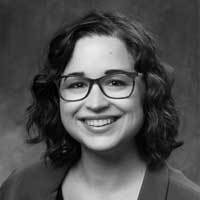Question
How do varying levels of visual acuity affect daily living and tasks?
Answer
Visual acuity, ranging from near-normal vision to near-total blindness, significantly impacts an individual's ability to perform daily tasks. For those with visual acuity between 20/20 and 20/60, reading and near-to-normal vision activities are generally manageable, often requiring reading glasses or holding materials closer.
As visual acuity decreases to around 20/80, magnifiers become necessary, and distinguishing objects relies heavily on contrast. At this level, recognizing facial expressions also becomes challenging. Around 20/60, it is generally recommended that individuals cease driving due to safety concerns.
When visual acuity reaches 20/200, performing various tasks and maintaining mobility becomes increasingly difficult, posing a higher risk of collisions or tripping. At 20/500, reading continuous text becomes problematic because the significant need for magnification makes it challenging to see the full text for scanning and reading purposes. Near-total blindness, characterized by visual acuity from 20/1250 to no light perception, renders vision unreliable or nonexistent, severely limiting an individual's ability to perform most visual tasks without significant assistance.
This Ask the Expert is an edited excerpt from the course, Environmental Modifications for Adults with Low Vision, presented by Monique Chabot
OTD, OTR/L, SCEM, CLIPP, CAPS.

